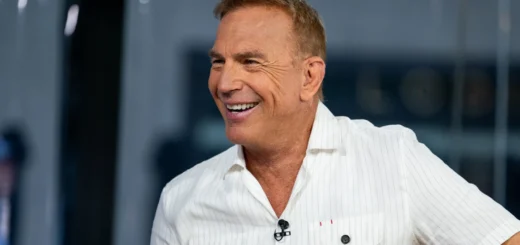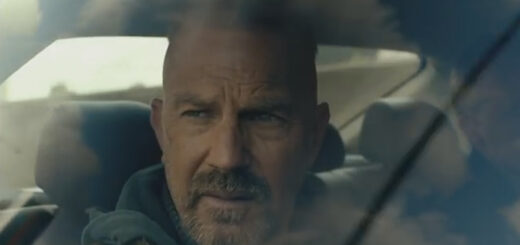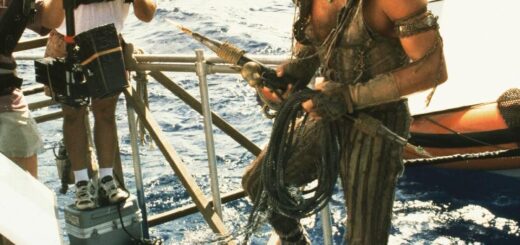“Unpacking the Essentials: What, Where, and Why Without the Hollywood Flair”
The Kevin Costner Movie That Felt Like Nursing Progress Notes: Confusing and Incomplete
So, I recently caught Kevin Costner’s latest film, “Horizon.” As a fan of Costner’s work and a loyal viewer of “Yellowstone,” I was excited to see this new movie. Unfortunately, my excitement quickly turned into bewilderment. Despite the stunning cinematography, I spent most of the film trying to piece together what was happening—and it wasn’t enjoyable.
The film juggles four separate storylines with almost no explanations, leaving viewers like me lost. We start with a mysterious woman who shoots a man in a cabin. Is the baby with her hers? Was it there when she arrived? The film never clarifies. Later, we see her in a town with a toddler, living with a man whose relationship to her is also left unclear, alongside a prostitute named Marigold, or Mary.
Then, we meet the Sykes brothers in a snowy village. They resemble a Western mob family, taking orders from a stern, elderly woman. They’re tasked with retrieving the toddler but end up killing the unnamed man the woman was living with. The violence continues, but we’re left in the dark about the aftermath, including the fate of the woman.
Kevin Costner’s character, Hayes, appears halfway through the film. He forms a bond with Mary and the toddler, but the timeline is murky. Mary ends up leaving the toddler with Chinese immigrants and running off with a new, abusive partner. Meanwhile, Hayes’s fate is left unresolved.
The film also introduces two factions of Apache Indigenous people—one peaceful, the other hostile—along with a storyline about settlers in a town named Horizon who are massacred. A mother and daughter survive and eventually move to a military settlement, where a romance blooms, though the passage of time remains unclear.
Finally, there’s a wagon train led by Luke Wilson’s nameless character. The origin and destination of these wagons are never explained.
By the end, I was left with more questions than answers. The 10-minute montage at the film’s conclusion suggests a sequel, but I’m not interested in a part two.
So, what does this cinematic mess have to do with long-term care? Well, it’s like reading poorly documented nursing progress notes. You’re left confused, unsure of the timeline, and wondering how a patient arrived at their current state. When documenting, think like a screenwriter: provide a clear beginning, middle, and end. Outline what happened, what actions were taken, and the results. Don’t leave your readers—or auditors—hanging, wondering where the key details went.
Just keeping it Real,
Nurse Jackie
The Real Nurse Jackie is written by Jacqueline Vance, RNC, CDONA/LTC, Senior Director of Clinical Innovation and Education for Mission Health Communities, LLC, and an APEX Award of Excellence winner for Blog Writing. Vance is a real-life long-term care nurse, a nationally respected nurse educator, past national LTC Nurse Administrator of the Year, a 2024 McKnight’s VIP Woman of Distinction award winner, and an accomplished stand-up comedienne. The opinions expressed here are her own and do not necessarily reflect those of her employer or her professional affiliates.
The opinions expressed in McKnight’s Long-Term Care News guest submissions are the author’s and are not necessarily those of McKnight’s Long-Term Care News or its editors.


